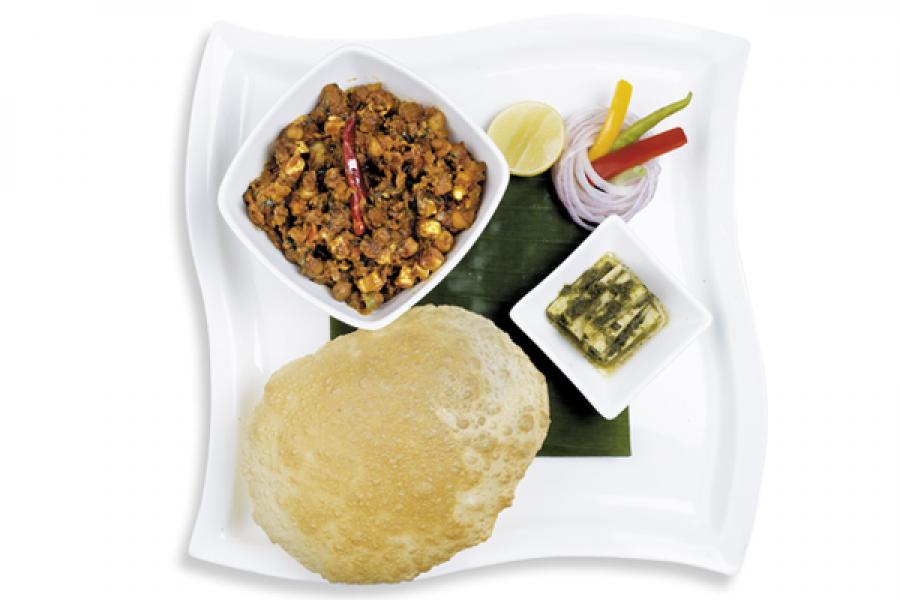
You Are What You Eat
How the food we eat is contributing to our ‘lifestyle diseases’ epidemic
In India, we like to think of our food as healthy, especially compared to all those Western barbarians with their highly processed, empty-calories fast food. So how come we’re the world’s diabetes capital, with at least 50.8 million sufferers? And the way things are going, we could soon add heart disease to our “credentials.”
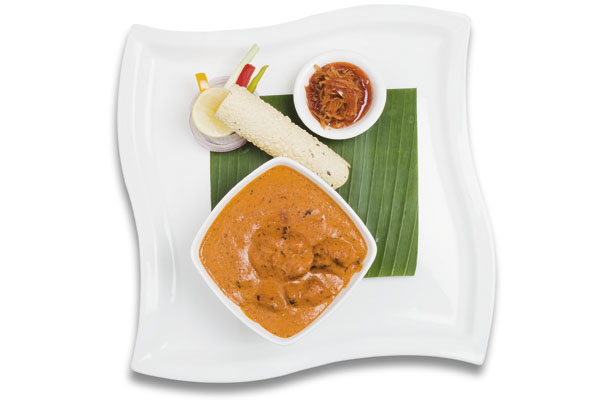 Photograph: Alok Brahmbhatt; courtesy: 022 at Trident
Photograph: Alok Brahmbhatt; courtesy: 022 at TridentThe truth is, our diet — and yes, we generalise hugely here — with its high consumption of rice in the South and wheat in the North, is not a bad one for hard-working farmers. But move down a few generations and transplant that diet to an urban lifestyle, and you have all the ingredients of a health crisis. To give you a clearer picture, we picked some favourite Indian dishes and, with nutritionists Ishi Khosla, Jyothi Prasad and Priyanka Rohatgi, we calculated how much sugar, salt and oil (all of which we tend to consume too much of) goes into our food. Recommended total daily intake: Oil 5-6 tsp; sugar 7-8 tsp; salt 1 tsp.
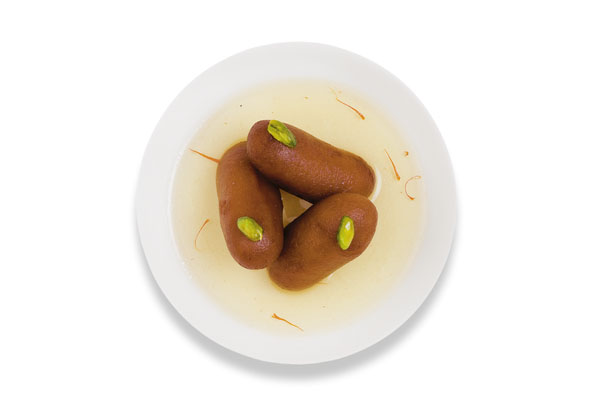 Photograph: Alok Brahmbhatt; courtesy: 022 at Trident
Photograph: Alok Brahmbhatt; courtesy: 022 at TridentThese are approximate measures
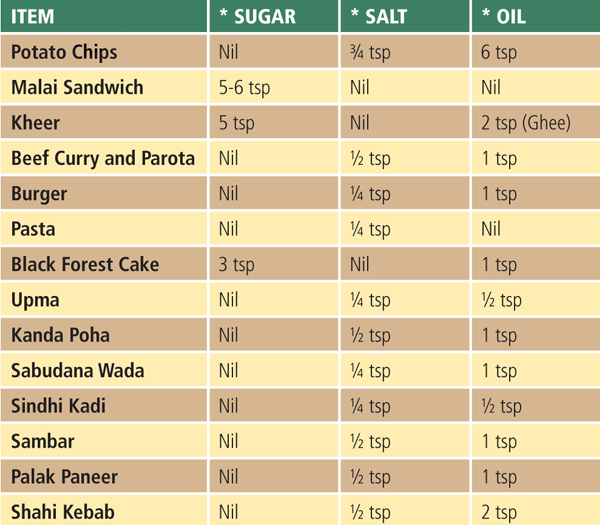
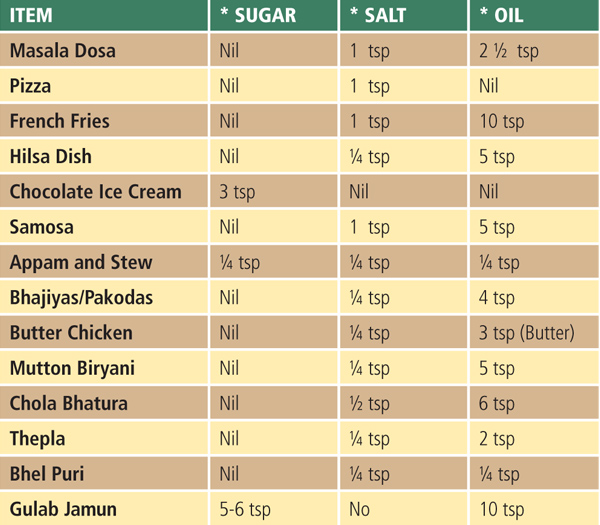
(Research: Nilofer D’Souza & Divya Subramaniam)
(This story appears in the 10 September, 2010 issue of Forbes India. To visit our Archives, click here.)
-
 Jyothi Prasad
Jyothi PrasadDear Kathy, Though the avg content of sugar, oil, and salt were given by me, I have not recommended the amounts of sugar, fat and sodium. I fully agree with you when you say that they are not guidelines. We are also aware of energy balance and weight reduction. I was asked to give the approximate amount of the above mentioned in the foods and the recommendations are surely not from me. Coming from a nutritionist, I understand your views on the subject. Thanks though for the comments.
on Mar 15, 2011 -
 Kathy McManus, M.S.,R.D.
Kathy McManus, M.S.,R.D.This is a poorly written article. I am not sure what the context is for the guidelines they they list. Are the authors saying that if you limit your daily intake to 5-6 tsp of oil, 7-8 tsp of sugar and 1 tsp of salt - that means you have a healthy diet? Guidelines should be based on scientific evidence. Sometimes guidelines use total daily calories to offer recommendations. An individual who is trying to lose weight and needs 1200 - 1500 calories a day vs. someone who is eating 1800 - 2000 calories most likely should not have the same absolute amounts of sugar, fat and sodium The POUNDS LOST trial that we published last year in the New England Journal of Medicine - showed that different combinations of macronutrients (fat, protein and carbohydrate) can contribute to a healthy diet for weight loss IF the amount of calories are reduced. In POUNDS LOST some diets were higher in fat and some lower, some were higher in carbohydrate and some lower, same for protein. Various combinations of healthful dietary patterns can also reduce cardiovascular risk factors. I also question their estimates of sugar, oil and salt in some of the foods they list. It is very confusing because they are not making allowances for other variations of fat (i.e. butter, cream, lard etc). Chocolate ice cream does not contain oil but it doesn't mean it is without unhealthy saturated fat. The information here is very deceiving.
on Sep 18, 2010 -
 Vivek
VivekThe person who has written this article has no knowledge of food or nutrition and has no understanding what so ever on scientific methods, even a high school student will make better observations. It'™s a shame that such a reputed general can publish such shallow articles.
on Sep 3, 2010 -
 Sidd
SiddThis was an absolutely useless article from my perspective. Not an iota of value. Why would you waste print space on something like this.
on Sep 2, 2010
